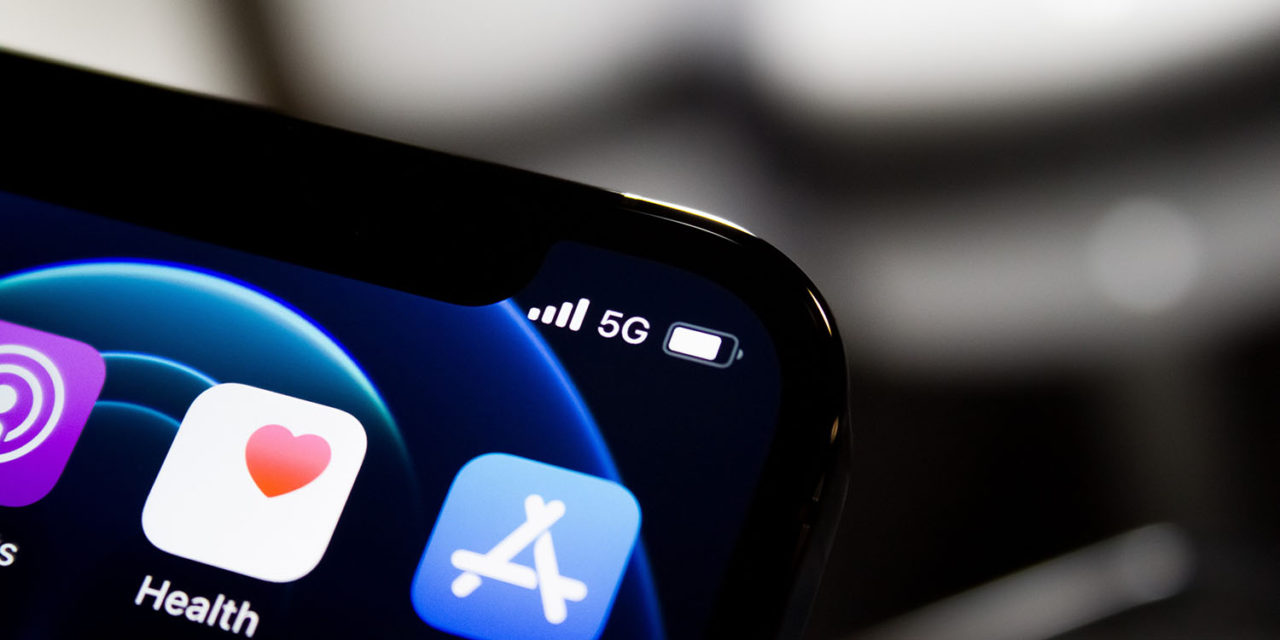Swedish networking giant Ericsson has reported that the 5G rollout is progressing faster than expected and that around a billion people worldwide will have coverage by the end of this year.
The report says this makes 5G rollout faster than both 3G and 4G/LTE …
CNET reports.
The super-fast technology reached more customers this year than expected and will cover about 60% of the global population by 2026, according to a new report from Ericsson. That makes 5G the fastest deployed mobile network ever, the Swedish networking giant said.
By the end of this year, there will be 218 million 5G subscriptions around the world, up from Ericsson’s forecast in June for 190 million — which itself was an increase from an earlier estimate.
“5G coverage will be built out to the extent that 1 billion people will live in 5G coverage areas by the end of 2020 worldwide,” Patrick Cerwall, head of strategic marketing insights at Ericsson, said in an interview ahead of the release of the company’s biannual mobility report. “That’s around 15% of the world’s population.”
By 2026, that will soar to 3.5 billion 5G subscriptions. In June, Ericsson estimated there would be 2.8 billion 5G subscriptions by 2025.
Ericsson cites three main factors for the accelerated rollout.
First, the availability of low-cost smartphones with 5G capabilities. Some models cost as little as $2-300.
Second, many countries have chosen to make the installation of 5G infrastructure a strategic technology goal, with government support.
Third, competition between operators, keen to announce 5G support to attract buyers of the latest smartphones. This has seen more than 100 carriers so far provide some degree of 5G coverage.
Apple is not named as a driver, but it seems undeniable that the iPhone maker’s decision to offer 5G support in this year’s models has been a significant factor in carrier plans.
Of course, ‘5G coverage’ is a term with loose definitions. There are different types of 5G service, only one of which – mmWave 5G – offers the headline gigabit speeds. This is available only in a very limited number of high-traffic locations within major cities. Sub-6Ghz 5G, which is more common, is not always significantly faster than LTE, though masts do offer increased capacity, and the service also has lower latency, making it better for things like mobile gaming.
Although Apple aims to have all its technology Just Work, you may need to take one or more steps to enable 5G on your iPhone 12. You may also want to manually manage 5G when choosing between connection speeds and battery life.
Photo: James Yarema on Unsplash
FTC: We use income earning auto affiliate links. More.


